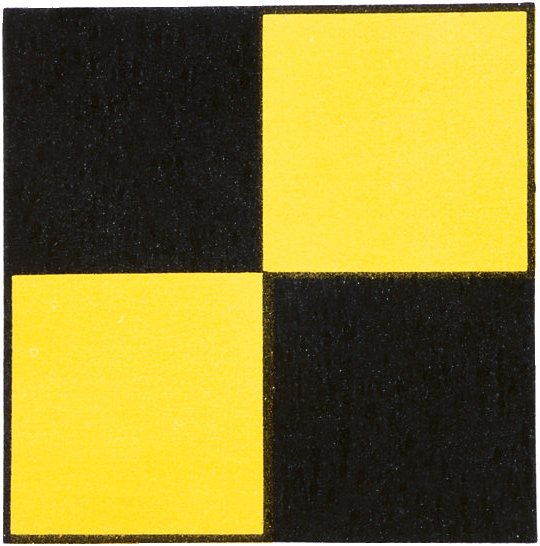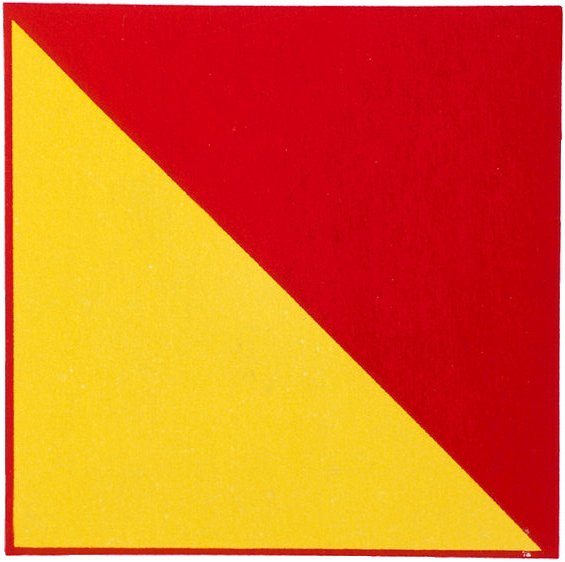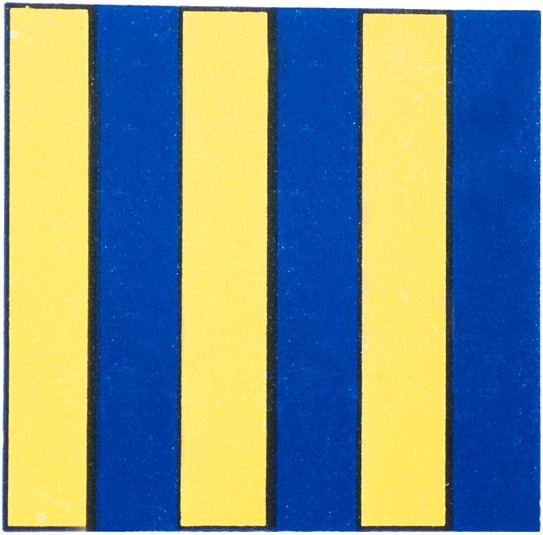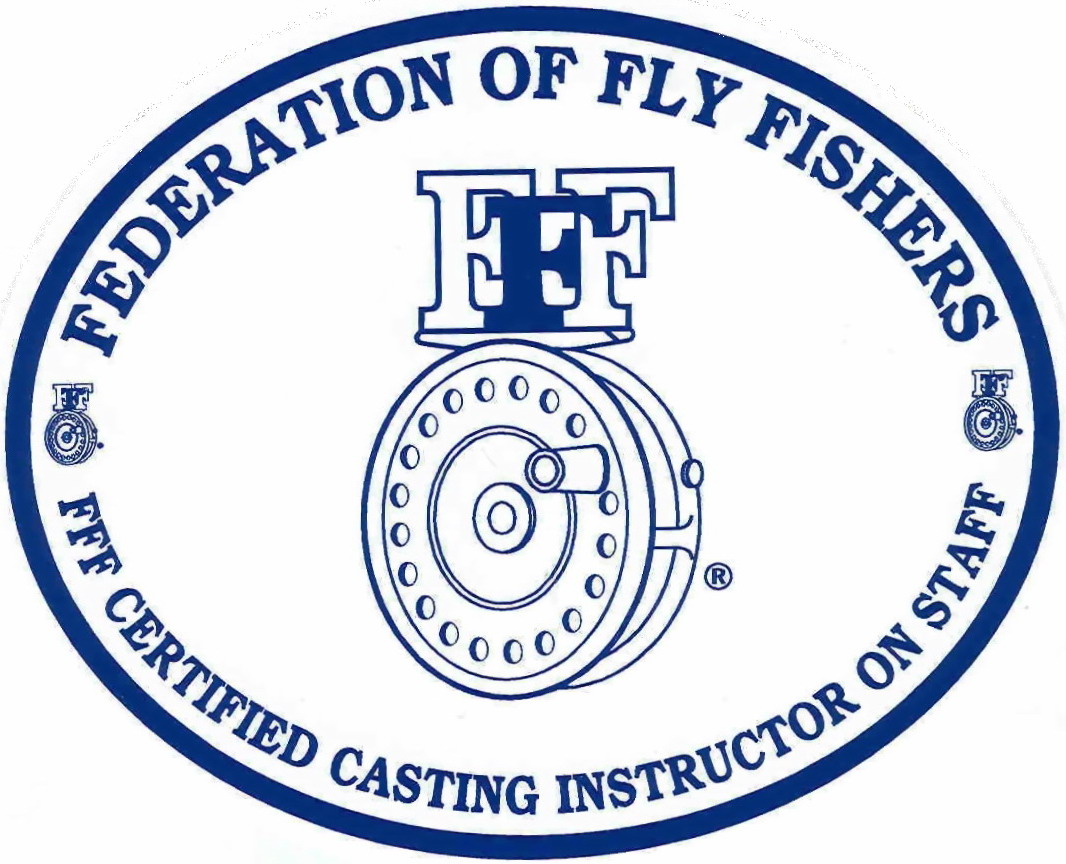Sometimes You'd Like to Say... "Man, You Are a Lousy Fly Caster!" ... But Help is on the Way.
by Captain Jim Barr on 12/14/13
Beginning with the 2013 fishing season I formed a pro guide relationship with Far Bank Enterprises. Far Bank is an integrated manufacturer and distributor of fly fishing products, including fishing rods, fly reels, fly lines, leaders, tippets and performance outdoor apparel. Far Bank subsidiaries operate under the brand names of Sage, Redington, and RIO Products. Sage Manufacturing is a renowned leader and producer of the world's finest high-performance flyrods. Redington designs and produces innovative, high performing fly fishing products, as well as trending apparel inspired by the Pacific Northwest. RIO is a pioneer in developing fly lines, leaders and tippet material offering premium fly lines for both freshwater and saltwater fishing applications. This article is not intended to be a product review of these fine brands but I did want to talk a bit about RIO fly lines I invested in for all my fly rods at the beginning of this past season. Roughly half my clients are light tackle spin anglers who have not made the move to fly fishing. Of the other half, half of those folks dabble in fly casting but many come from the freshwater environment as trout anglers who have not had much experience fishing in the salt water, and therefore have not used the heavier rods and lines, and have not fly casted from a bumpy platform, to fast moving fish and oftentimes, in windy conditions. Over the course of my fly fishing experience, at one time or another I have used most of the competition's then current fly lines in floating as well as in a wide variety of sink rates. Some of those lines were absolutely terrible, however on balance most performed reasonably well, but all were deficient in one aspect or another. Those defects ranged from being inaccurately categorized (numbered) in correlation to the weight and action of most of the high end rods that I've used, poor quality coatings that prematurely cracked in the "working" part of the fly line, and poor loop welds that separated under normal casting conditions. On many of the intermediate clear lines a number of these lines picked up the colored dye from the backing, and many had head sections that had front tapers that were too long and light offering no help to the beginner to even the advanced intermediate fly caster, in their effort to load the rod with minimal false casting.
The biggest problem without exception spanning the manufacturers was the issue of lines that had a propensity to coil and tangle despite proper care and diligent and repeated stretching. In fly speak we call that problem, "memory". Most any plastic fishing line, be it monofilament or fly line, that's used in a cold water environment, when tightly wound on a spinning or fly reel, will come off that reel in coils much like a Slinky toy. It's part of the deal with spin fishing and although you do develop line twist and coiling and occasional tangling, it's fairly easily to manage. On the other hand, line twist and coiling is a very big deal in fly casting for a number of reasons, not the least of which is having those coils tangle at your feet, around your reel and in the fly rod's guides ... particularly while there are fish in front of you. Many an opportunity to cast the fly quickly to a fleeting fish has been scuttled by a tangled fly line. Some lines even develop knots that must be cleared while playing a fish! A large fish pulling on a taught fly line that's knotted can easily break the leader and in some cases bend or break free a snake guide on the rod. All fly lines irrespective of the manufacturer need to be stretched before and during an outing, particularly in cold and windy conditions, and methodologies on how best and when to do that is subject material for another article.
The other issue with many fly lines used in salt water is the front taper is typically too long to provide any assistance to the beginner and intermediate fly caster in helping to quickly load the rod, by providing a heavier mass to the leading section of the fly line. Having more weight towards the front of the fly line helps to minimize false casting, by loading the rod more quickly as well as aiding the caster to punch the line through wind while presenting a heavy and/or wind resistant fly pattern. Many lines have a front taper that can be as long as seven feet long before the heavier belly section of the line begins. There are several issues with a fly line with a long and lightweight front taper that create problems for the average beginner to intermediate fly caster:
1. It takes more strength and a better technique to get the head of the fly line (front taper, belly and rear taper) aerialized to begin the false casting process. I find that a general rule is that the average line is going to load the rod best if you can get about 30 to 33 feet of line outside the tip, and many casters cannot accomplish that without excessive false casting. (Excessive in my view is over three false casts). Many beginner and even intermediate casters will retrieve virtually all the fly line before they start the process of false casting in preparation for the next presentation. That too is a subject for another article.
2. Faster starts and stops with the rod during the casting stroke, combined with the need to develop more line speed, are critical elements in most cases to making the longer casts required in most saltwater environments. Most beginner and intermediate casters are used to casting in the trout stream or on flat water and have never mastered creating the kind of line speed coupled with crisp starts and stops of the rod that form the narrow wind resistant loops required in the salt environment.
3. In the forward cast, when the rod (which is really a long spring) is stopped, it then transfers it's stored energy into a dynamic that pulls the fly line forward and over the tip of the rod on its way towards the target. In this forward cast, as the lower leg (of thin running line) lengthens (in relation to the rod tip) it is pulling on the heavier forward section of the fly line we call the "head" The head and some running line is typically above the lower leg and thus is referred to as the "upper leg". The head typically consists of the rear taper, the belly, and the front taper. Apart from being a heavier density than the running line, it is also a thicker diameter. It is the head that is the laboring oar in getting the line to fully turn over, and to pull excess line coiled at the caster's feet or that is loosely coiled in the stripping basket, and that finally carrys the fly to the fish. To a certain degree, the more weight and mass closer to the end of the fly line the easier it's going to be to get that fly to the target.
OK, so where does this leave you as a beginner or intermediate saltwater fly caster? First, without consideration for the type of fly line you are using, you have to improve your casting techniques to generate more line speed together with narrower loops, and you must achieve this while at the same time striving to reduce the number of false casts you take in preparation for the final presention of the fly. You have to be more efficient and faster. The problem is that you don't have the time (and/or interest) in taking casting lessons, reviewing casting videos and practicing in the park.
Part of the answer on how to improve your saltwater fly casting is to take advantage of fly lines that are designed and engineered to assist the beginner and intermediate caster. Rio Products makes the Outbound Short series of lines. Outbound Short lines are designed to cast large and heavy flies very long distances. The key to these lines is in the design of the front taper. They have a short, aggressive front taper that easily carries large, weighted streamers, while the powerful head design loads rods deeply and efficiently for effortless casts. A full range of line densities make this a very versatile line series. Each line features RIO's XS technology for super slick performance, and is built with a supple, coldwater coating that ensures the line remains tangle-free.
Now it's true that RIO is one of my sponsors and I suppose it could be argued that I'm partial to that brand. However after watching many of my clients struggle with their casting, specifically difficulty in loading their rods quickly, to minimize their need for excessive false casting, and to present the fly accurately, I have found that the Outbound Shorts in floating, intermediate and fast sink tips have made a huge difference.
The table below was set up to easily visualize the construction design of three comparitive lines manufactured by major line manufacturers, in addition to RIO. At first glance you would surmise the component lengths of each of these lines (all intermediate sink tip) is essentially the same. However look carefully at the very short Front and longer Belly lengths of the RIO Outbound Short as well as the short Rear Taper versus the competition. Herein lies the key differences in terms of how the RIO line more easily loads the road enabling the angler to present big and wind resistant flies. RIO has the shortest Front Taper and longest Belly of the competition, and it's Rear Taper is also the shortest of those manufacturers. The heavier short front taper combined with the heavier belly of the line and the short rear taper (relative to the thin diameter running line) concentrates more weight to the front of the fly line. Said another way, the total head length is closer to the fly.
(Sorry for the look of the following chart- it did not transfer well from Excel to this software...but you'll get the point)
|
Fly Line Comparisons (Intermediate sinktip)
|
|||||||||
|
Manufacturer
|
Model
|
Tip
|
Front Taper
|
Belly
|
Front & Belly
|
Rear Taper
|
Total Head
|
Running Line
|
Overall
|
|
A
|
1
|
1
|
7
|
28
|
35
|
4
|
39
|
65
|
105
|
|
B
|
2
|
0.5
|
3
|
27
|
30
|
1
|
31
|
55
|
100
|
|
C
|
3
|
0.5
|
7
|
26
|
33
|
7
|
40
|
65
|
105
|
|
Rio
|
Outbound Short
|
0.5
|
2.5
|
33.5
|
36
|
1
|
37
|
82.5
|
120
|
In northeast saltwater fly fishing we are primarily targeting Stripers, Bluefish, False Albacore and Bonito and we are doing it largely in bumpy seas accompanied by strong winds. Fly presentations to these fish in almost all cases is about getting the fly to the fish quickly and with reasonable accuracy. This is contrasted with the delicate presentations required for trout and saltwater species such as Bonefish, Permit and Tarpon where gentle and accurate casts are paramount for success. To this end, fly casters are going to have more fun and success on our waters if they can make good short and medium range casts quickly, with reasonable accuracy, and these Outbound Short lines manufactured by RIO will significantly help accomplish those goals.





